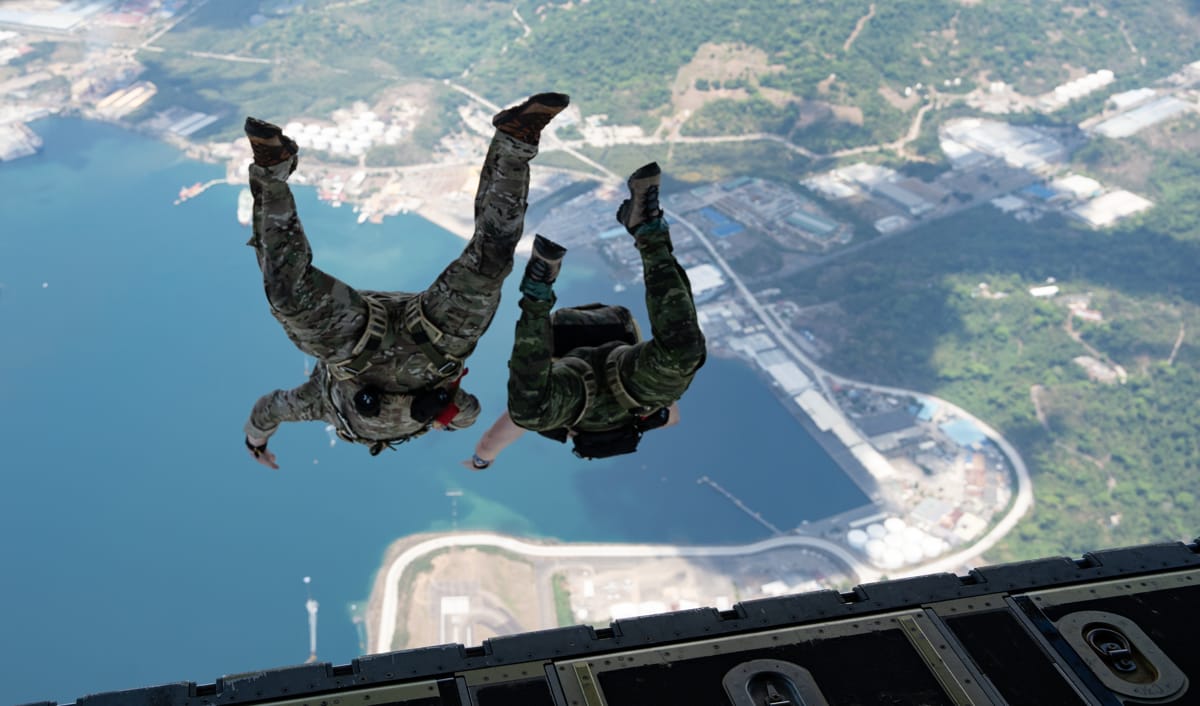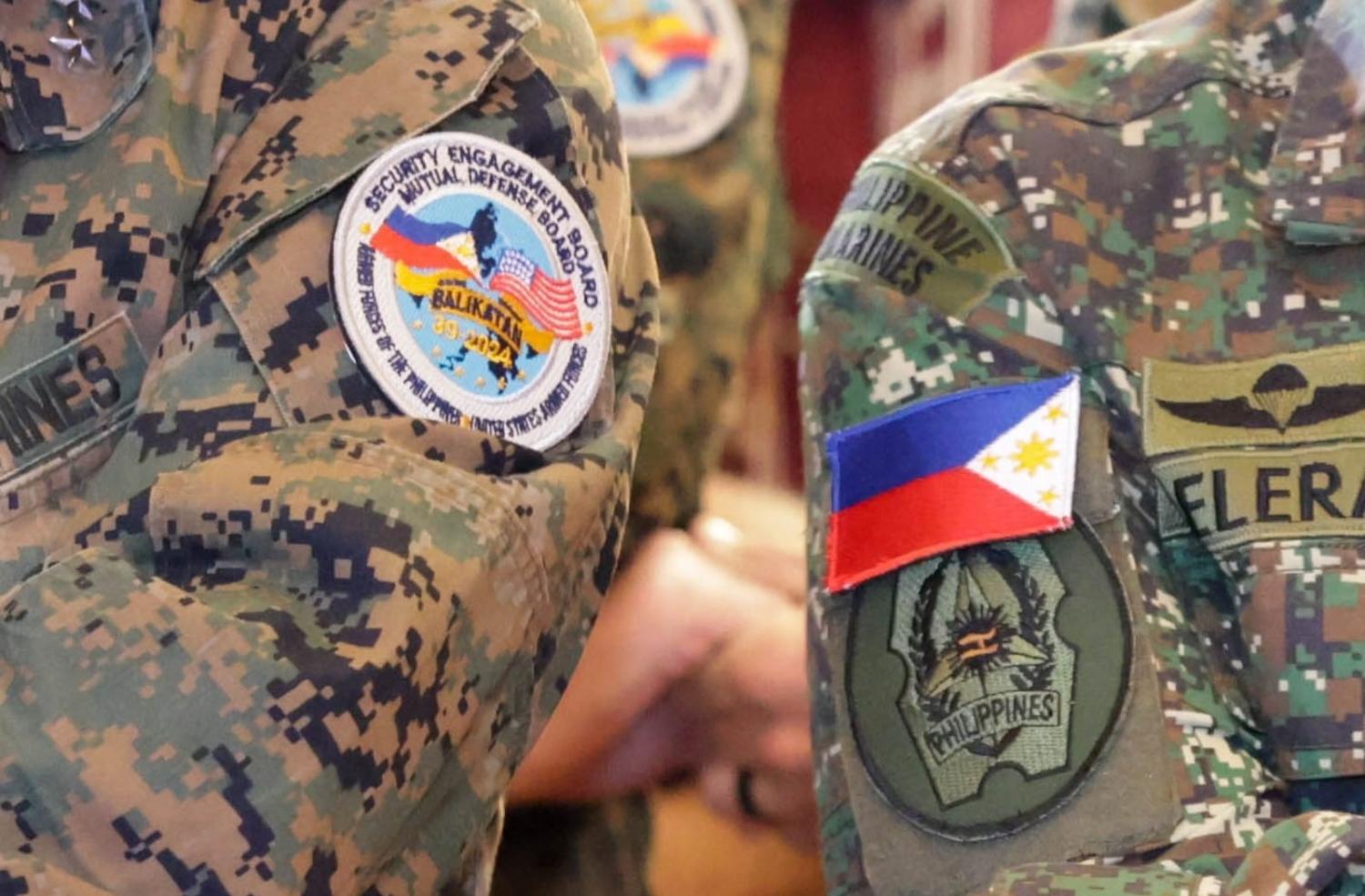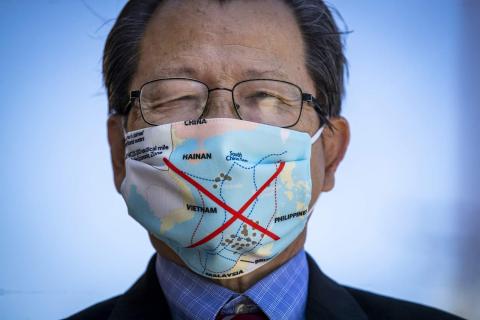The Philippines and the United States have kicked off their most expansive and consequential joint military drills yet. This year’s edition of Balikatan (shoulder-to-shoulder) exercises, which began on 22 April and runs into May, will feature close to 17,000 troops as well as observers from 14 nations.
“All the available assets of the Philippine Army will be used [in the drills] so we can see [our] interoperability in all major services [with partner nations],” Philippine Army spokesperson Col. Louie Dema-ala told the media, underscoring the sheer scale and importance of the drills, which focus on a full range of operations, including island defence, cyberwarfare, and humanitarian assistance and disaster relief.
The most sensitive exercises, however, are expected to take place on the ocean, namely in the South China Sea, as well as close to Taiwan’s southern shores. Predictably, China has lambasted the drills as “deliberate provocations”, which only “stoke tensions” and risk “plung[ing] the world into a vortex of division and turbulence.” The Asian powerhouse has warned against “maritime containment, encirclement and island blockades”, reflecting the depth of its concerns over the latest Balikatan drills and, more broadly, tightening cooperation between the Philippines and Western partners.
Although the size of participating troops mirrored the historic numbers in 2023, this year’s exercises are noteworthy for their timing, the location and nature of exercises, the deployment of new weapons systems, and the roster of participants and observer nations. The Philippines and its key partners are sending a clear signal to China that they are prepared for any contingencies in Asia, whether in the South China Sea or in Taiwan. At once, the Philippines is enhancing its defensive capabilities while assisting the US-led “integrated deterrence” strategy in Asia.
The exercises this year comes shortly after an unprecedented Japan-Philippine-US (JAPHUS) trilateral summit in Washington, where the US President Jos Biden publicly warned China not to use force against Philippine vessels lest its alliance treaty obligations kick in.
“As I said before, any attack on Philippine aircraft, vessels, or armed forces in the South China Sea will invoke our Mutual Defence Treaty,” Biden declared, vowing direct military assistance in the event of armed conflict in the South China Sea. The US Congress has also approved a multi-billion defence assistance package to the Philippines in order to enhance the latter’s maritime security capabilities. There is a palpable sense of urgency driving closer Philippine-US military cooperation.
In recent months, Chinese maritime forces employed increasingly aggressive tactics aimed at disrupting Philippine resupply missions to the Second Thomas Shoal, which hosts a small Philippine marine detachment. The upshot was the injury of multiple Philippine servicemen as well as damage to several Philippine vessels.
In response, Philippine President Ferdinand Marcos junior has vowed to employ “countermeasures” in tandem with partner countries to check China’s aggressive tendencies. Under a $35 billion military modernisation program, the Philippines is also aiming to enhance its naval and air force capabilities over the coming years in order to directly deal with external security threats.

This year’s Balikatan exercises is crucial on multiple levels. To begin with, there is the chance to improve interoperability based on state-of-the-art weapons systems. For the first time, the Pentagon has deployed the “Typhon” ground-based missile system, which has a range of up to 1,600 kilometres, for the Balikatan exercises. The two allies will also conduct live-fire drills involving the High Mobility Artillery Rocket System (HIMARS), which has proved decisive in the Ukraine conflict against Russia. For its part, the Philippines will for the first time employ its new, Korean-built “C-star” ship-based missile system, which can hit targets as far as 140 kilometres away.
The most noteworthy point is that the Balikatan exercises will cover new ground, literally. For the first time, drills will take place outside of the Philippines’ 12 nautical miles “territorial waters”, thus directly challenging China’s expansive claims across the South China Sea. And some planned drills clearly have threats from the Asian powerhouse in mind.
In one drill, participating troops will use the air base on Balabac island, which is close to the Spratly group of islands and part of the Philippine-US Enhanced Defence Cooperation Agreement (EDCA), in order to defend the western province of Palawan facing the South China Sea. In another drill, the allied troops will utilise the Lal-lo airport, another EDCA site, in the northern Cagayan province, which faces Taiwan and the Western Pacific, to secure northernmost Philippine bases in an event of conflict.
“If someone takes [those islands], we take [them] back,” a spokesman for the Philippine military said, in what was evidently a subtle reference to China’s threats of invasion of Taiwan. In effect, the Philippines is now a pivotal element of US-led efforts to deter and prepare for any conflict over the self-ruling island nation.
Moreover, this year’s exercises also feature a wide range of participants and observers. For the first time, France will join the drills by conducting patrols near Philippine-US drills in the South China Sea. The European power, along with Japan and likely even the United Kingdom, is currently pursuing a Reciprocal Access Agreement deal with Manila, which would pave the way for regular joint exercises and likely even the sales of advanced weapons systems such as submarines. Underscoring the Philippines’ proactive defence diplomacy, observers from more than a dozen nations – including key Southeast Asian nations who also have territorial disputes with China – will also be in attendance. By all indications, this year’s Balikatan exercises mark a new era in Philippine defence and foreign policy, with the Marcos administration sending a clear signal to China that it is not alone and will prepare for any potential contingencies in tandem with powerful friends.

